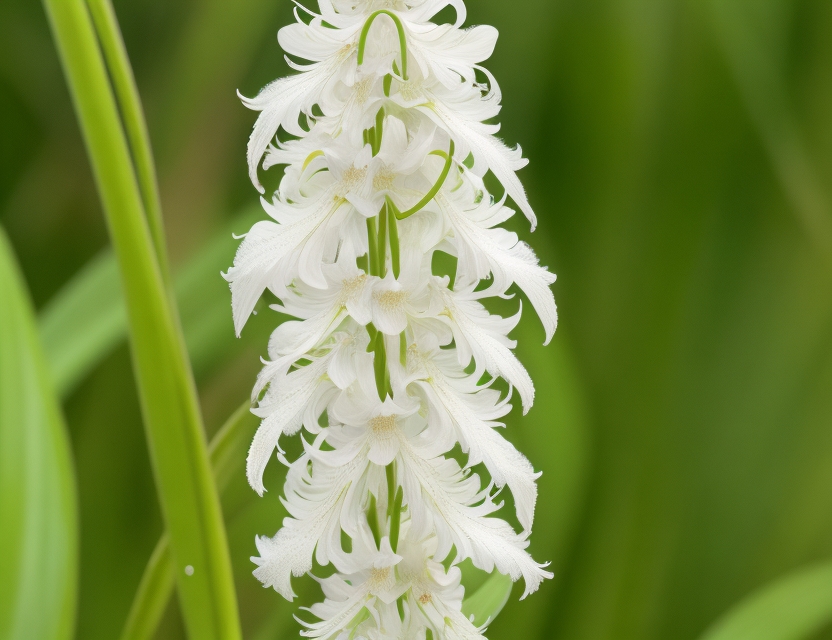Preserving the Fringed Orchid: A Journey through Energy Conservation
The Western Prairie Fringed Orchid (Platanthera praeclara) is an endangered plant species native to Canada, facing the threat of extinction. To safeguard this precious floral gem and promote environmental conservation, it is crucial to understand the importance of reducing electricity consumption. This article explores the significance of teaching children to reduce electricity usage, contributing to the preservation of plant species in Canada.
Importance of the Western Prairie Fringed Orchid: The Western Prairie Fringed Orchid not only boasts captivating beauty but also plays a vital role within the prairie ecosystem. By facilitating cross-pollination, this orchid contributes to genetic diversity and ensures the overall health and resilience of the prairie habitat. Preserving this endangered plant species is crucial for maintaining the delicate balance of Canada’s natural biodiversity.
Threats to the Western Prairie Fringed Orchid: Habitat loss, degradation, and climate change are major threats to the Western Prairie Fringed Orchid’s survival. Encroachment of agricultural practices, urbanization, and invasive species have led to the loss of suitable habitats. Additionally, climate change intensifies these challenges, affecting the orchid’s ability to thrive. Taking action to reduce electricity consumption is a key step in mitigating these threats.
The Link between Reducing Electricity Consumption and Conservation: Reducing electricity consumption is an effective strategy in combating climate change, which has profound consequences for ecosystems and their plant species. Electricity generation from non-renewable sources emits greenhouse gases, contributing to global warming and disrupted weather patterns.
By teaching children the importance of reducing electricity consumption, we encourage behavioral changes that mitigate greenhouse gas emissions. These changes include embracing energy-efficient practices and transitioning to renewable energy sources. Such efforts promote sustainability, decrease carbon footprints, and create favorable conditions for endangered plant species like the Western Prairie Fringed Orchid.
Teaching Children to Reduce Electricity Consumption: Educating children about energy conservation instills lifelong habits that benefit the environment. Teaching them simple actions like turning off lights when not in use, unplugging electronics, and utilizing natural light helps reduce electricity waste. These practices can be integrated into school curricula, family discussions, and community initiatives to create a collective impact.
Empowering children as advocates for electricity conservation fosters a generation committed to sustainable practices. Engaging them in projects such as energy-saving challenges, school campaigns, and community events enables them to spread awareness and inspire others to take part.
Conclusion: Reducing electricity consumption is a critical component of preserving endangered plant species in Canada, such as the Western Prairie Fringed Orchid. By teaching children to prioritize energy conservation, we equip them with the knowledge and habits needed for a sustainable future. Through their efforts, we can foster a society that embraces renewable energy sources, reduces greenhouse gas emissions, and protects Canada’s rich plant biodiversity. Together, let us empower children to make a positive difference and ensure the survival of endangered plant species for generations to come.




Superb!
I got really impressed once I read this fruitful article supporting the notion to take actions simply to help survive the natural native Prairie Fringed Orchid.
Greetings! Very helpful advice in this particular article! Its the little changes that produce the largest changes. Thanks a lot for sharing!